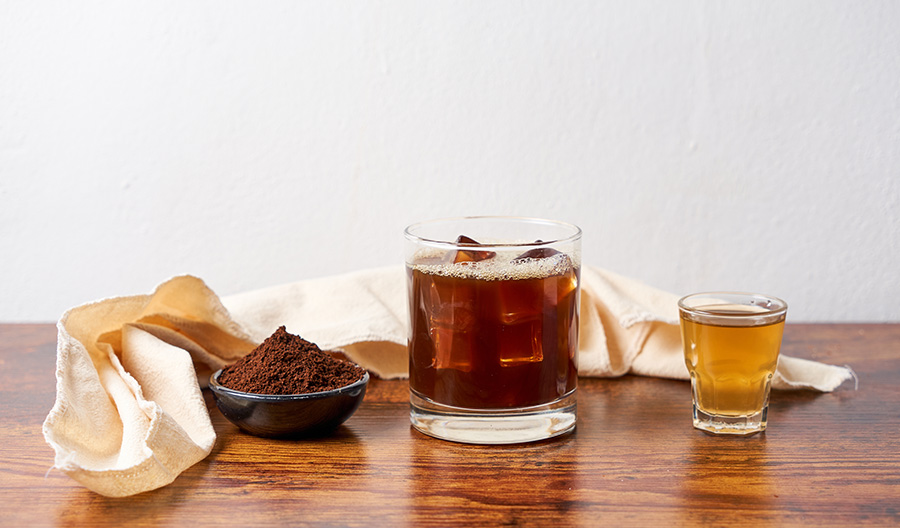Cocktail trends ebb and flow, but spiked coffee is always buzzy. In recent years, the carajillo, a centuries-old coffee cocktail with roots in Spain and Latin America, has proven especially enduring. Google searches for the carajillo climbed steadily over the last five years, and interest in the two-ingredient coffee cocktail was up 118% in 2023, according to Yelp data.
Some people are eagerly calling the carajillo the next espresso martini, but that’s an oversimplification. Proto-carajillo recipes predate the birth of the espresso martini by centuries. Besides, in certain caffeinated corners of the globe, the carajillo isn’t coming back into fashion—it never went away.
The History and Evolution of the Carajillo
It’s difficult to pin down the precise history of the carajillo. Some trace the cocktail’s origins to rum-spiked coffees drunk by Spaniards in colonial Cuba, noting the similarity between the drink’s name and the diminutive of the Spanish word for courage: corajillo.
Complicating matters, modern carajillo recipes take many forms. In some places, particularly Spain, hot coffee or espresso mixed with a splash of brandy or rum is called a carajillo. In Mexico, Carajillo recipes typically feature equal-parts espresso and spirit. They’re shaken (shakeado) or layered (puesto) and served over ice. The preferred spirit in a Mexican carajillo tends to be a Spanish herbal liqueur named for its 43 ingredients, including aromatic vanilla and cinnamon.

Carajillo Vs. Espresso Martini
Because both drinks contain alcohol and caffeine, many people link the carajillo’s current popularity with that of the recently resurgent espresso martini. Over the last year, headlines have included everything from “The 2-Ingredient Carajillo Puts Espresso Martinis to Shame” to “How to Make a Carajillo, the Coffee Cocktail That’s Better Than Your Espresso Martini.”
While the drinks certainly share some similarities, they also have a lot of differences. For one, the espresso martini’s kick comes from vodka and coffee liqueur; espresso and sweetener also join the party. The drink was created in 1982 by London bartender Dick Bradsell. Espresso martinis contain nearly 20 grams of alcohol and anywhere from 50 to 63 grams of caffeine, depending on how the espresso was made.
The carajillo, however, emerged much earlier—circa the 19th century, at least. It contains just two ingredients: espresso or coffee, plus a spirit like rum or herbal liqueur. The typical carajillo has a little more than 11 grams of alcohol, nearly half of an espresso martini. It has approximately the same amount of caffeine.
It’s entirely possible that some trend-seekers grew so fond of their espresso martinis that they decided to embrace another coffee cocktail. But those fair-weather friends aren’t solely responsible for the carajillo’s lasting popularity. The two-ingredient cocktail has long had a fanbase all its own.
Sip your carajillo hot or cold. Try one after a long day at work, or before an even longer night on the town. No matter how you shake or float it, this coffee cocktail has range.
How to Make a Carajillo
This shaken, Mexico-style Carajillo features a low-proof Spanish herbal liqueur with baking-aisle flavors like vanilla and cinnamon.
Ingredients
1 ½ ounces hot espresso
1 ½ ounces Spanish herbal liqueur
Directions
Combine ingredients in a cocktail shaker with ice and shake until combined and the mixture is chilled. Pour into a coupe or over fresh ice in a rocks glass.

